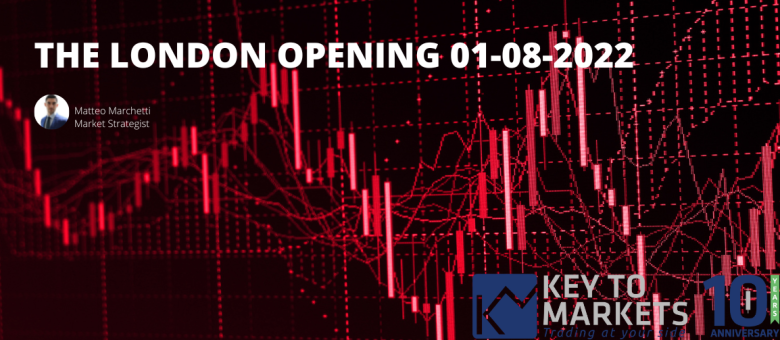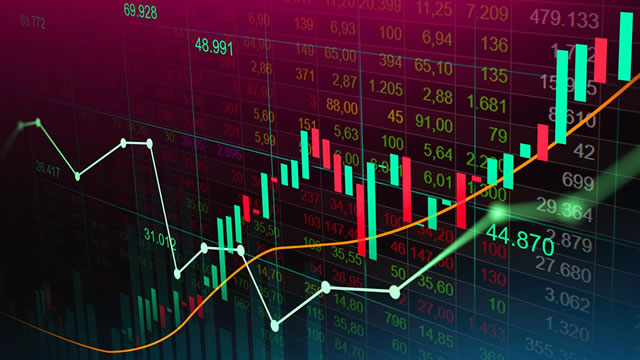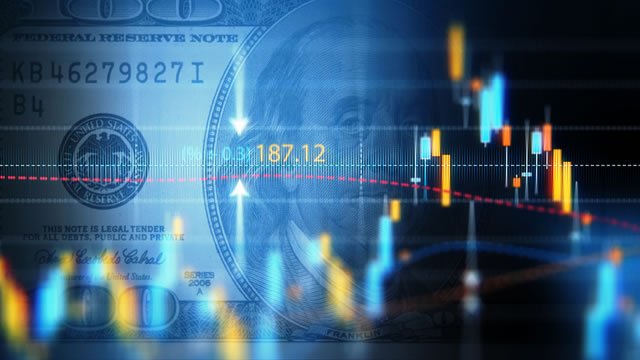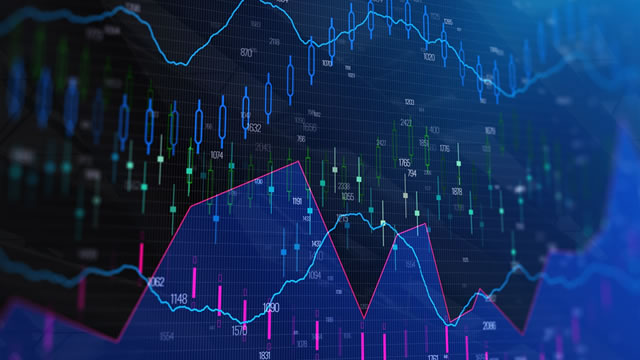European Stocks Opened Slightly Lower as Asian Equities Advanced with Caution; the Dollar Continued to Retreat Among its Peers
European Market Update
European stocks opened lower this morning despite the slightly upbeat Asian session. In China, the Caixin Manufacturing PMI index came in worse than expected, with a reading of 50.4 versus an expected 51.5, and is again dangerously close to the 50 threshold, separating expansion from economic contraction. Market sentiment in Europe was also impacted by concerns over the ongoing geopolitical tensions in Ukraine and the impact of rising inflation on corporate earnings.
The London Opening 01-08-2022
The London Stock Exchange opened with cautious sentiment on the first trading day of August 2022. Major European indices such as the FTSE 100, DAX, and CAC 40 all started the day in negative territory, reflecting the broader risk-off mood in the market. Investors are closely monitoring economic data releases and developments in the Ukraine crisis for further direction.
Impact on Individuals
For individual investors, the lower opening of European stocks may present opportunities to buy quality stocks at a discounted price. However, it is essential to carefully analyze market trends and do thorough research before making any investment decisions. The retreat of the dollar among its peers could also affect the currency exchange rates for individuals holding assets denominated in other currencies.
Global Implications
The negative opening of European stocks and the retreat of the dollar could have broader implications for the global economy. A slowdown in European markets could dampen investor confidence worldwide and impact international trade. The weakening of the dollar may also lead to volatility in currency markets and affect the stability of global financial markets.
Conclusion
In conclusion, the lower opening of European stocks and the retreat of the dollar signal a cautious start to trading in the global financial markets. Investors should closely monitor economic developments and geopolitical tensions to navigate the market volatility effectively.





